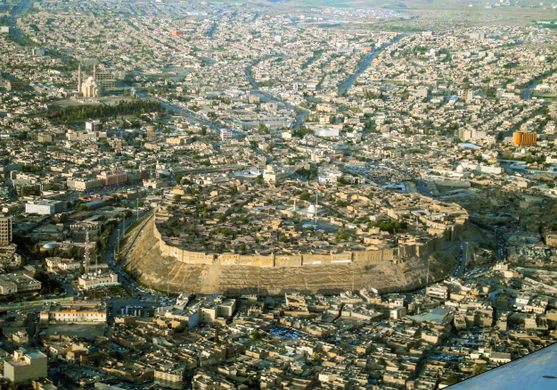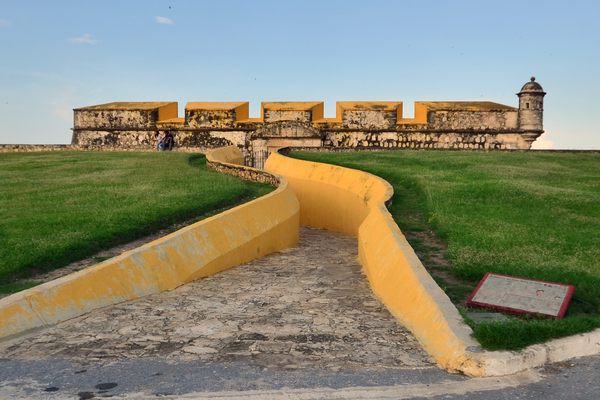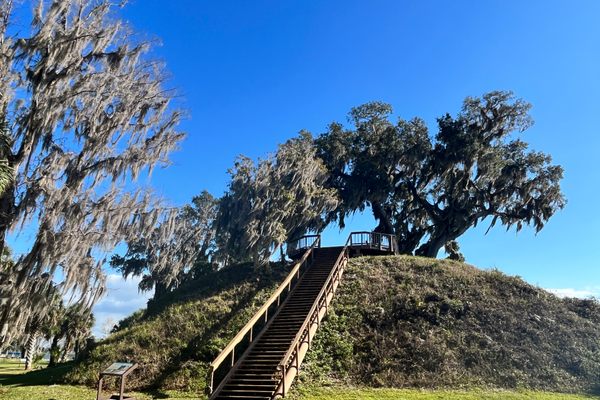Erbil Citadel
An ancient fortified mound raised over the millennia from settlements built one on top of the other.
Settlements built on top of older settlements for 7,000 years have created a large elevated mound in the heart of the historical city of Erbil (also known as Hawler) in the Kurdistan Region of Iraq. On top of the elevated ground, Erbil Citadel stands witness to the passing of time and history.
Erbil Citadel is a fortified ovoid-shaped ancient mound. Seen from above, the mound of earth sprouts from the otherwise flat surrounding terrain. The elevation is due to millennia of settlements built one on top of the other. Dwellings were usually made of mud bricks, which in time disintegrated and contributed to heightening the overall ground of the citadel, which raised more than 100 feet over the centuries.
The first recorded document that mentions the citadel is from 2300 B.C., but the most ancient traces date back to 5000 B.C. Unsurprisingly, the citadel has undergone several phases of destruction and reconstruction. Although Kurdish and Assyrian people tended to inhabit the citadel, various waves of outsiders went through, including Sumerians, Mongols, Ottomans, and Europeans.
In 2007, extensive international archaeological excavations began. In 2014, UNESCO welcomed the citadel among the list of World Heritage Sites.
The area occupied by the Erbil Citadel is just over 10 hectares (1,410 x 1,120 feet), and it mainly consists of a main thoroughfare in the middle and a dense set of criss-crossing alleys. There are currently three entrances and hundreds of houses on the ancient mound. Of the surviving buildings, the oldest dates back to 1893, and the only religious building left is the Mullah Afandi Mosque.
A fortified wall circumscribes some segments of the perimeter of the citadel, while other segments are marked by the contiguous facade of houses built on the edge of the mound. These days, a statue of historian Mubarak Ben Ahmed Sharaf-Aldin guards the South gate.
Know Before You Go
Caution is recommended when entering the buildings as some have been restored and seem reasonably safe, while others are on the verge of collapsing.





















Follow us on Twitter to get the latest on the world's hidden wonders.
Like us on Facebook to get the latest on the world's hidden wonders.
Follow us on Twitter Like us on Facebook